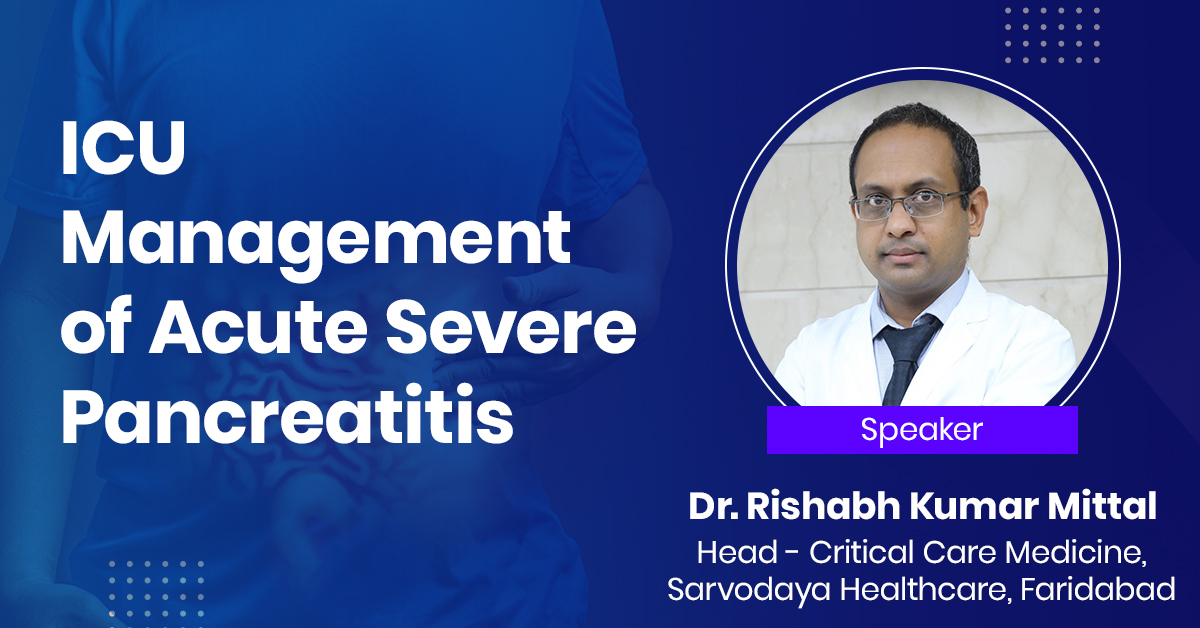- 132k views
ECHO & Ultrasound guided hemodynamic management in ICU
Bedside echocardiography (ECHO) and ultrasound play a crucial role in hemodynamic monitoring and management in the intensive care unit (ICU). They are non-invasive techniques, reducing the risks associated with invasive procedures while offering valuable insights into cardiac function. ECHO and ultrasound help evaluate intravascular volume, guiding the administration of fluids in critically ill patients to optimize cardiac output. These tools allow assessment of cardiac contractility, ejection fraction, and valvular function, aiding in the management of heart-related issues. ECHO and ultrasound are instrumental in diagnosing conditions like pericardial effusion, tamponade, cardiomyopathy, and structural heart defects in ICU patients. In some cases, ECHO and ultrasound can replace more invasive monitoring techniques, like pulmonary artery catheters, for hemodynamic data. They help monitor the effects of interventions, such as medication administration, fluid boluses, or mechanical ventilation adjustments. ECHO and ultrasound can guide procedures like central line placement, thoracentesis, or pericardiocentesis, reducing the risk of complications. ECHO and ultrasound allow evaluation of not only the heart but also other organs, including the lungs and abdomen, providing a comprehensive view of a patient's condition.
About the Speaker

Dr. Rishabh Kumar Mittal
Senior Consultant Critical Care Medicine Max Superspeciality Hospital, Delhi
Dr Rishabh Kumar Mittal is a well known intensive care physician having more than 12 years of experience in the field of Critical Care Medicine. He has published many articles in indexed journals and has written many chapter in various critical care medicine books.
Upcoming Case Discussions
Impact of Endometriosis on Fertility
Endometriosis, a condition where endometrial-like tissue grows outside the uterus, can significantly impact fertility. It causes inflammation, scarring, and adhesions that may distort pelvic anatomy, block fallopian tubes, and impair ovarian function. Endometriosis is also linked to hormonal imbalances and poor egg quality, reducing the chances of conception. Symptoms like chronic pelvic pain and painful intercourse further complicate fertility. Diagnosis often requires laparoscopy, while management includes pain relief, hormonal therapy, and assisted reproductive techniques like IVF. Early intervention with medical or surgical treatment can improve reproductive outcomes, but severe cases may necessitate advanced fertility treatments for conception.
Hyperlipidemia: From Diagnosis to Treatment
Hyperlipidemia is a condition characterized by elevated levels of lipids, such as cholesterol and triglycerides, in the blood, which can increase the risk of cardiovascular diseases. Diagnosis typically involves blood tests measuring lipid profiles, while treatment focuses on lifestyle changes, such as diet and exercise, alongside medications like statins to manage cholesterol levels and reduce cardiovascular risk. Regular monitoring is essential for effective management and prevention of complications.
Acne: Disorders and Treatment Approaches
Acne is a common dermatological condition caused by clogged pores, excess sebum production, bacterial growth, and inflammation. It can manifest as blackheads, whiteheads, papules, pustules, or cysts, often leading to scarring if untreated. Various factors, including hormonal changes, diet, stress, and genetics, influence its severity. Treatment approaches range from topical and oral medications, such as retinoids, antibiotics, and hormonal therapy, to advanced procedures like chemical peels and laser therapy. A personalized skincare regimen, along with lifestyle modifications, plays a crucial role in managing and preventing acne.
Lung Ultrasound in Acute Respiratory Failure
Lung ultrasound has emerged as a vital, non-invasive tool in the rapid assessment of acute respiratory failure. It provides real-time imaging to differentiate conditions like pneumonia, pulmonary edema, pneumothorax, and pleural effusion with high accuracy. Compared to traditional chest X-rays, lung ultrasound offers superior sensitivity, especially in critically ill patients where bedside evaluation is crucial. Its ability to guide immediate clinical decisions improves patient outcomes and reduces unnecessary radiation exposure. With standardized protocols like the BLUE (Bedside Lung Ultrasound in Emergency) protocol, it enhances diagnostic efficiency in emergency and ICU settings.
Gallstone Disease & Cholecystitis: When to Operate?
iGallstone disease and cholecystitis are common conditions requiring careful evaluation to determine the need for surgery. Symptomatic gallstones causing recurrent pain, nausea, or complications like cholecystitis often necessitate cholecystectomy. Acute cholecystitis, characterized by inflammation, fever, and right upper quadrant pain, typically requires early surgical intervention to prevent complications like perforation or sepsis. In high-risk patients, conservative management with antibiotics and drainage may be considered. Elective surgery is recommended for asymptomatic patients with high-risk factors, such as large gallstones or gallbladder polyps, to prevent future complications.










